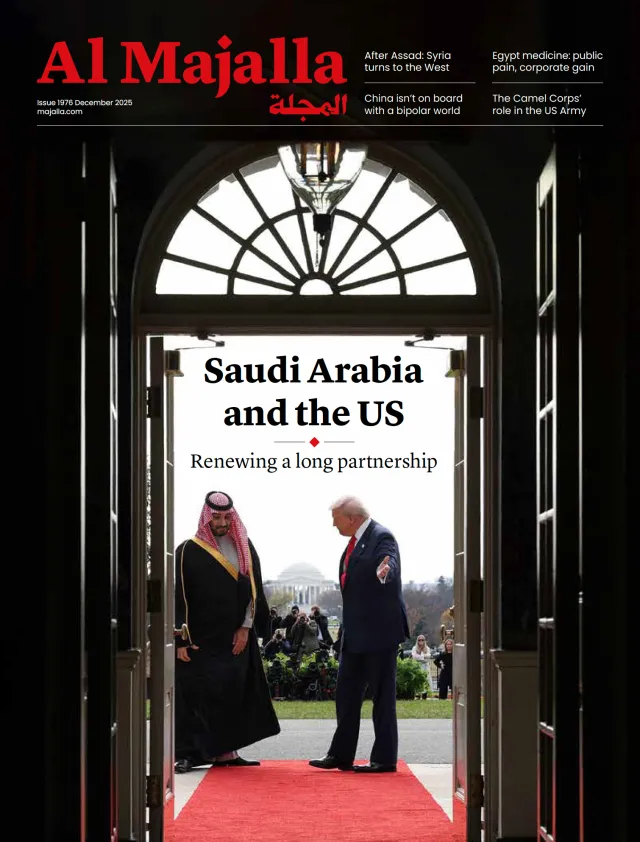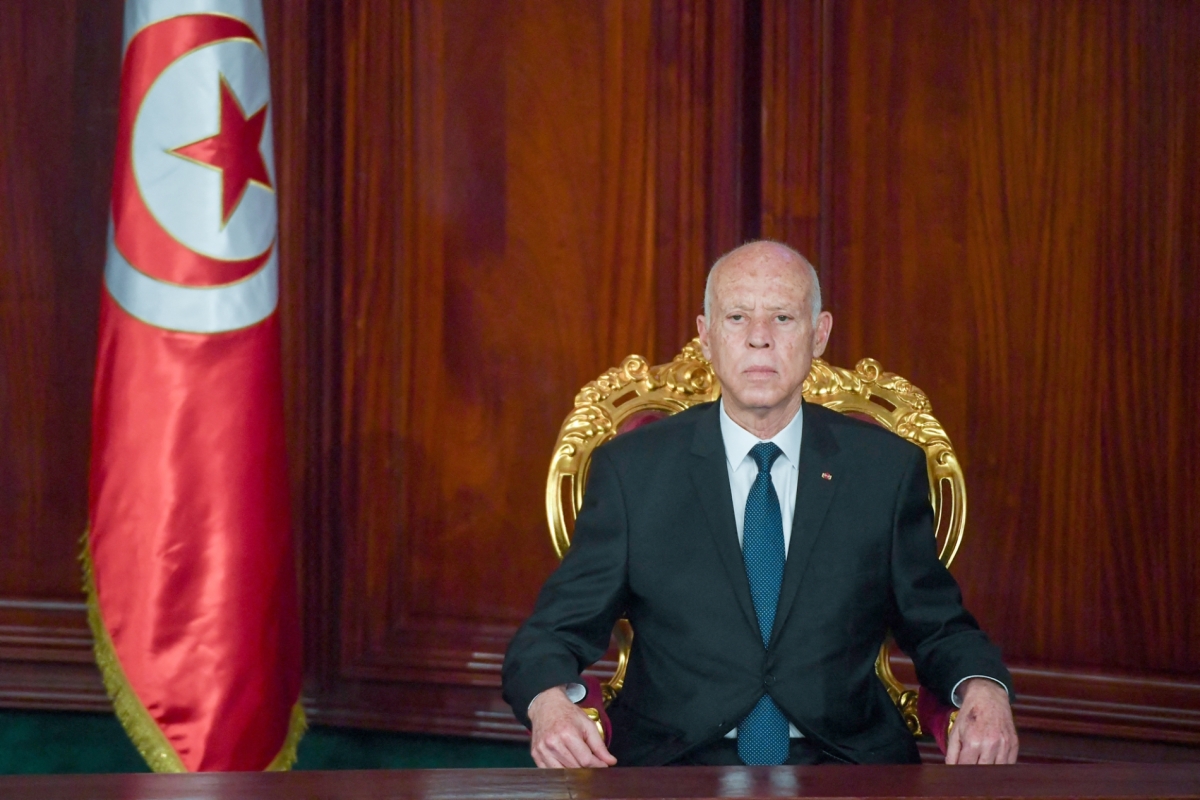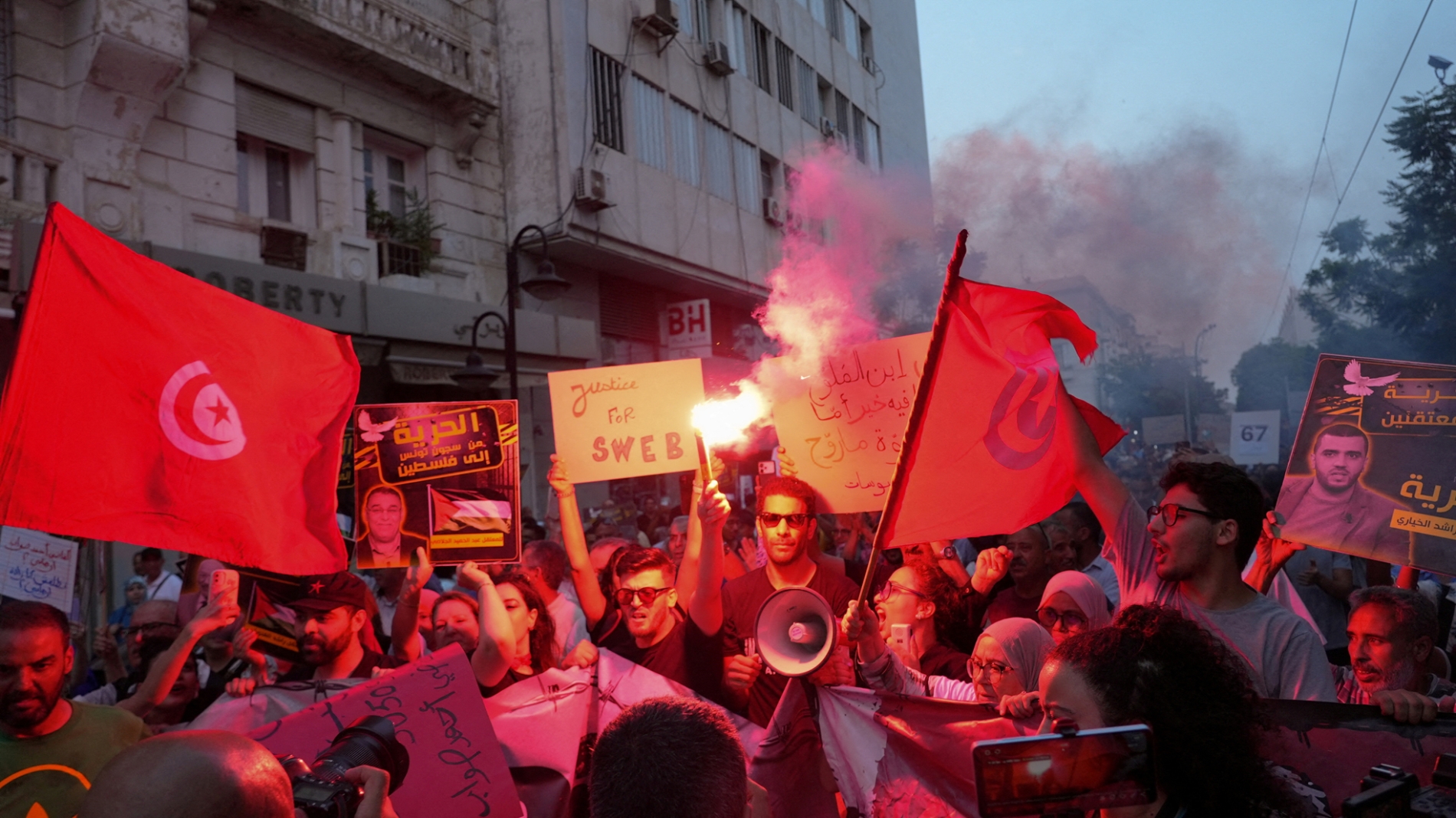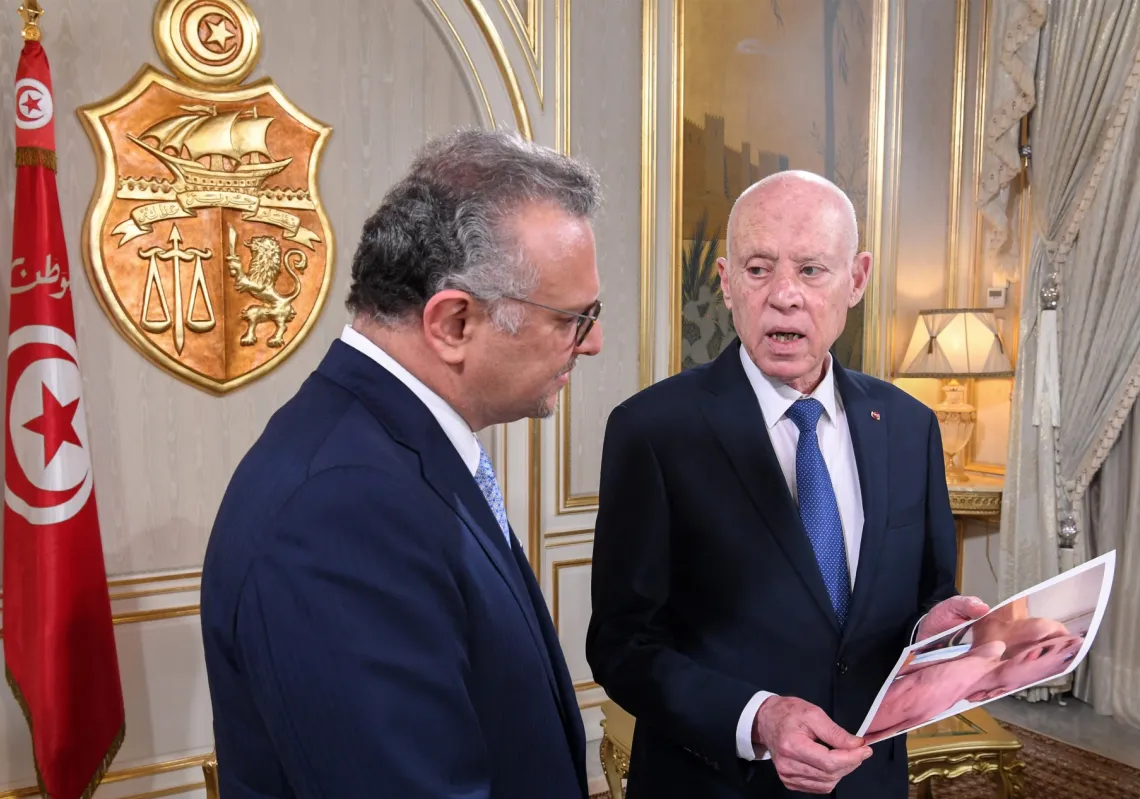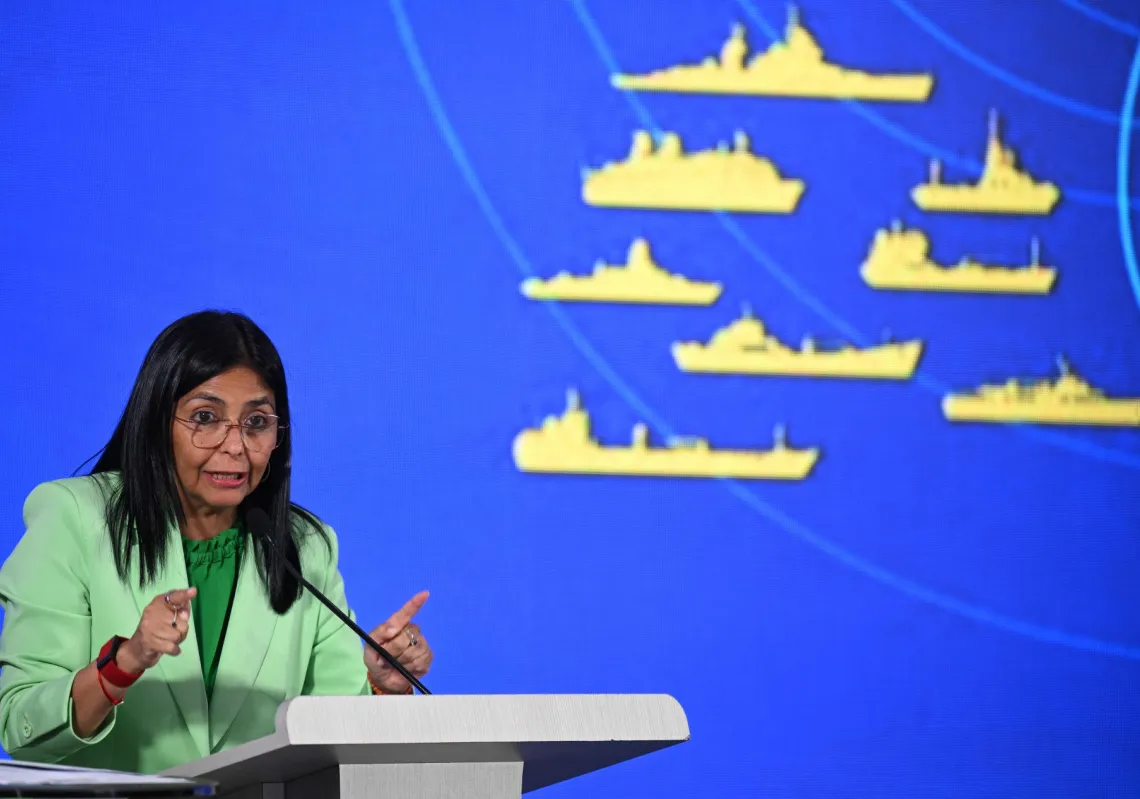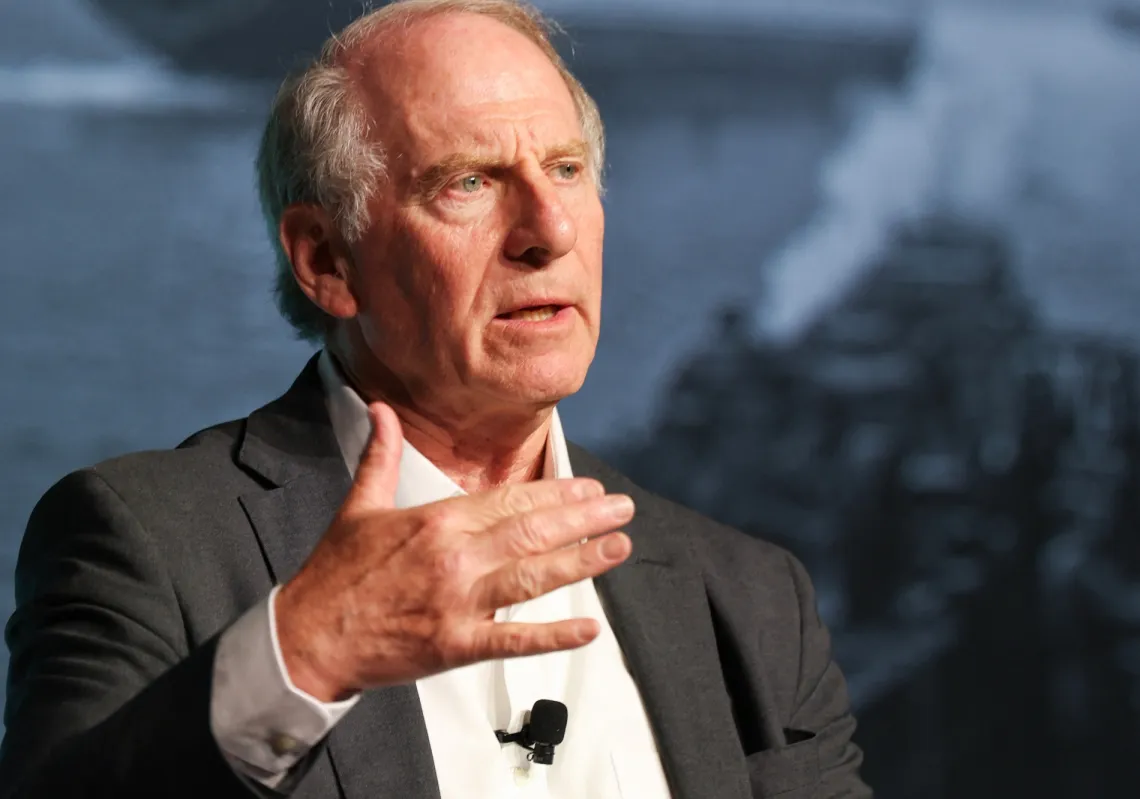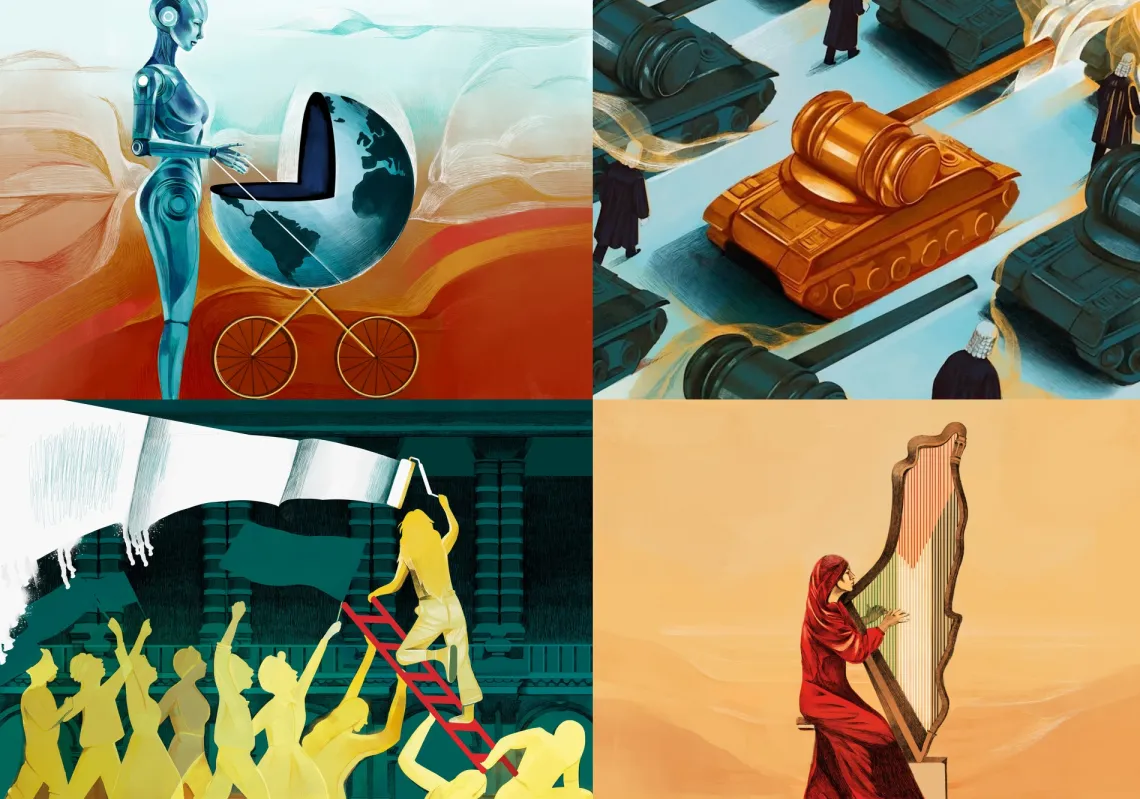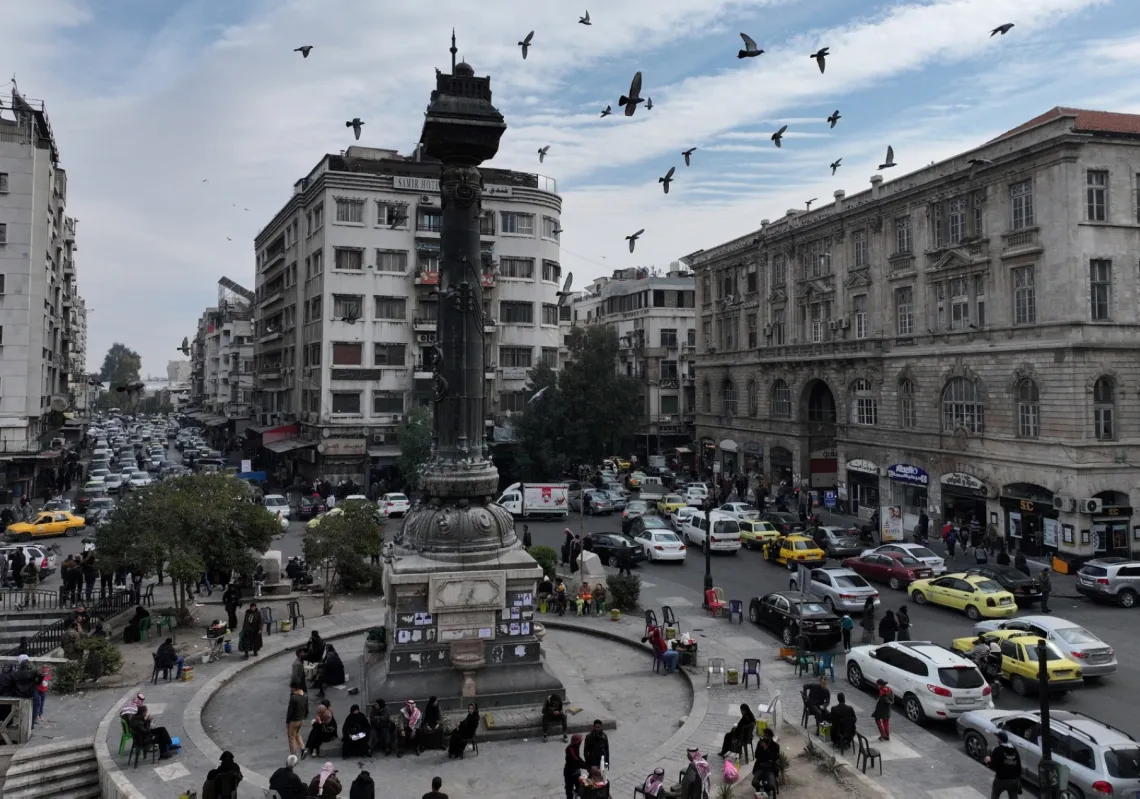Tunisia’s government, under President Kais Saied, is now well-established, six years after his initial election and four years after his overhaul of the post-2011 democratic governance system. The president faces no immediate threats to his power: most of his critics and opponents are either abroad or in jail, and those who remain act with marked caution.
At the same time, there are reasons to believe his popular support has declined and will continue to decline given his failure to deliver on his promises of social justice (and the continued absence of a clear plan for doing so). Meanwhile, anger over his increasingly repressive snuffing out of the opposition continues to foment.
Most dramatically, since early August, a standoff appears to be mounting between Saied and the once-powerful labour union following a three-day transportation strike. The strike was the first in several years, following a notable absence by the union from public life, largely due to internal disagreements. It has since led to an exchange of vicious accusations and attacks between the union and the president and is expected to result in more arrests.
This raises the question of whether the president will manage to use judicial tools to once again shut down his adversaries or whether his attacks on this historically trusted organisation will ultimately galvanise wider anti-Saied mobilisation.
Increasingly fragile
Close observers of the administrative state also see it as increasingly fragile. Although Saied maintains an illusion of full control, many believe that he remains highly dependent on a few groups within the administration. The most notorious is the police, who carry out the president’s arrest orders and lead the crackdown on illegal migration.
This latter element has allowed Saied’s regime to avoid harsher criticism by European countries of its gross human rights violations, including denying individuals their right to due process.
Additionally, the presidential guard, which protects the president, is suspected of being behind the conspiracy claims on whose basis Saied has thrown many opponents—who may in fact represent a threat to the interests of individuals within the presidential guard—in jail. Should one of these agencies turn against the president, his edifice would crumble.
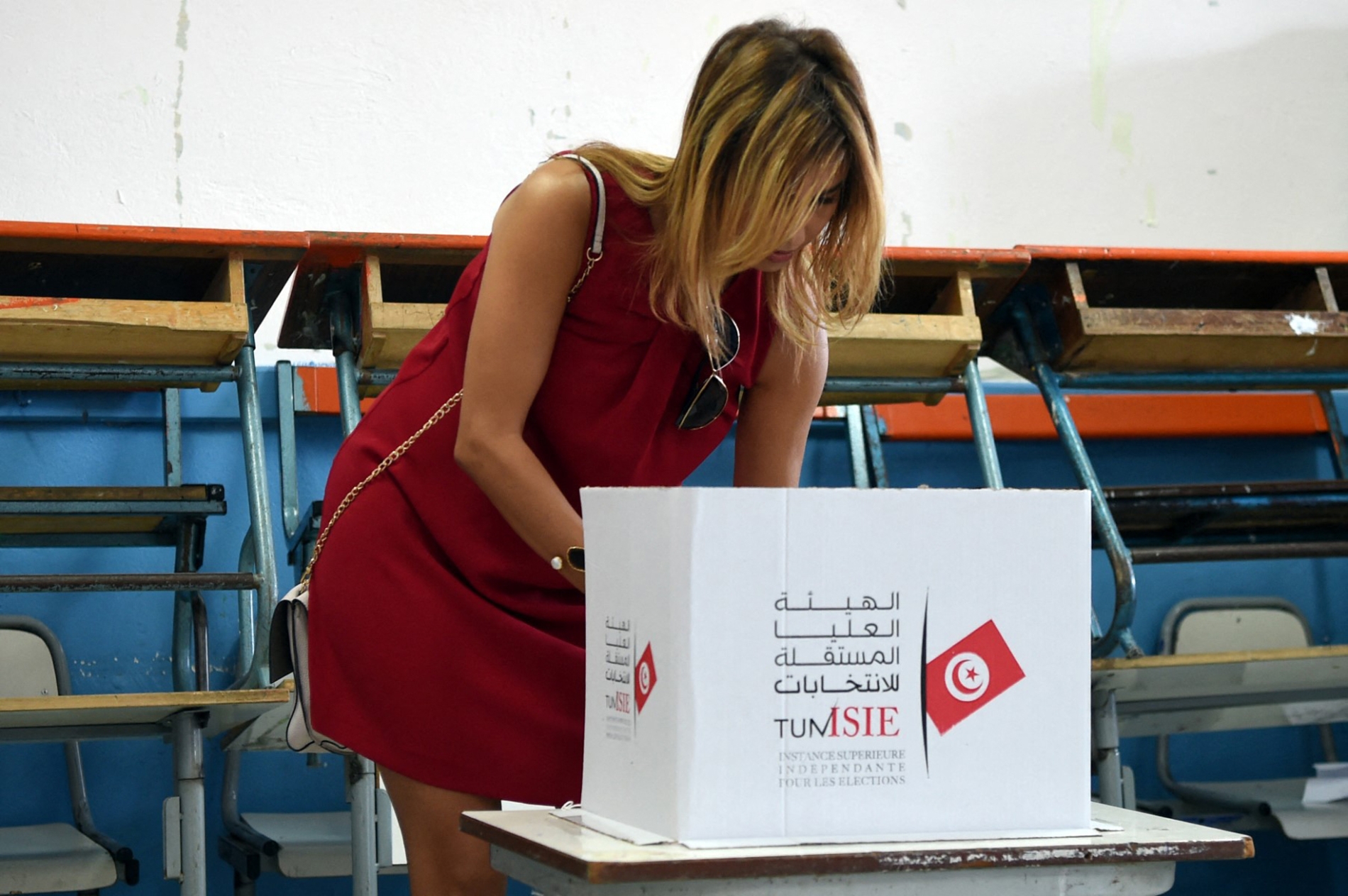
Voter apathy
Even among those less concerned with politics and elite infighting, evidence of widespread support is elusive. There is an absence of reliable polling data, but the scandalously low participation in elections, such as a local election this week in a district in Bizerte, with a barely 2% voter turnout, suggests the president is unable to mobilise broad-based support.
Additionally, Saied’s governing strategy has not only failed to improve living conditions, but some ostensibly pro-poor policies appear likely to have backfired. For example, a new labour law requiring all employers to immediately convert temporary employees to indefinite contracts has proven difficult to implement, leading to thousands of layoffs.
Several international firms and organisations, which tend to rely heavily on temporary employees to help clean and guard their offices, are either suspected of planning to leave Tunisia or have already left. Saied has also presented no coherent economic vision upon which to pin hopes.
Some Tunisians point to evidence of increasing mistreatment of citizens as a result of the state’s weak capacity. Within the span of two weeks, for instance, three prisoners died in Tunisia’s overcrowded prisons, reportedly following a lack of access to proper medical treatment. This affront to dignity, combined with deteriorating living conditions (including crumbling infrastructure), should, in theory, add up to an increasing intolerance for the current regime.
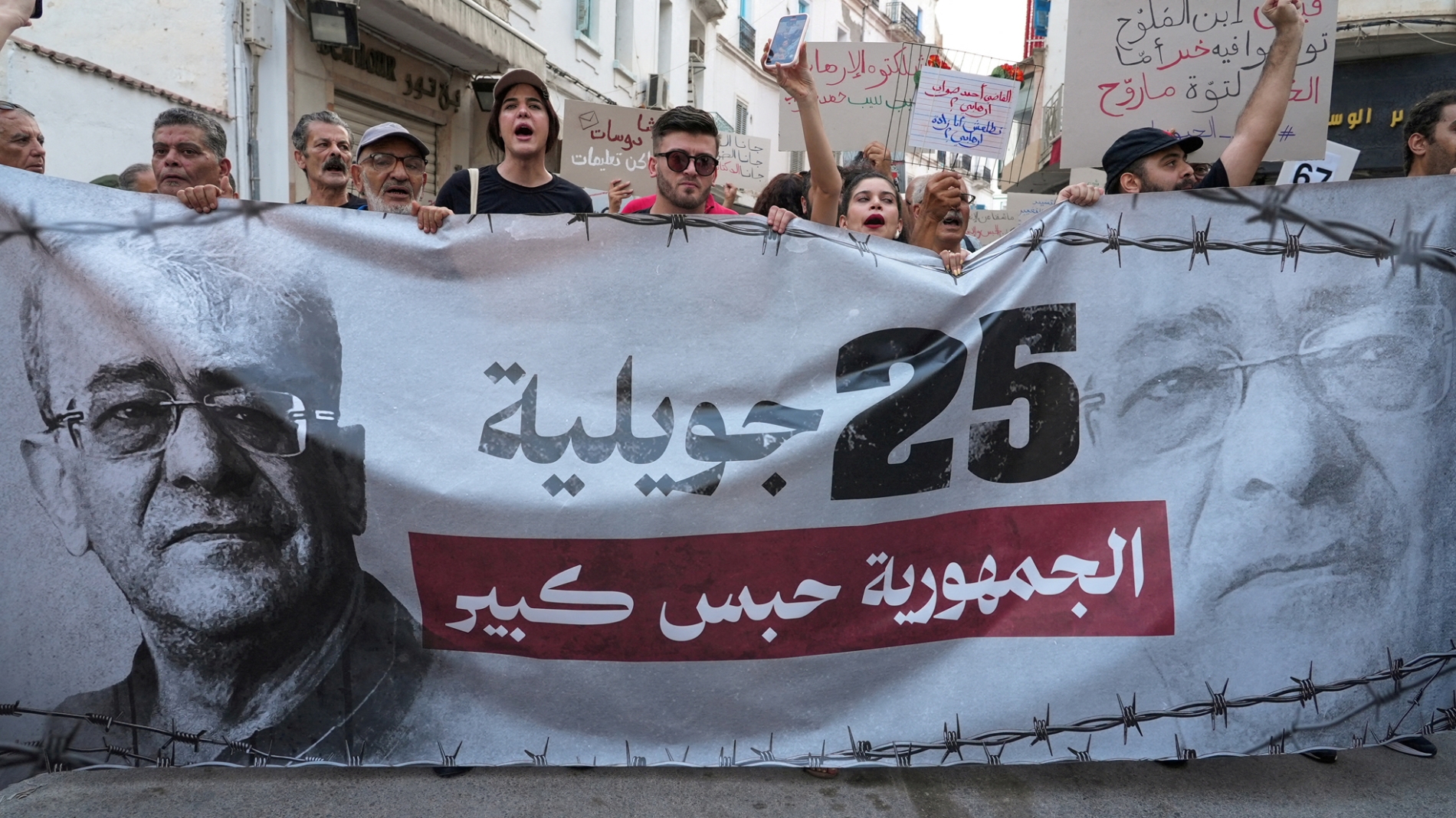
Redeemable qualities
Despite these indicators of looming instability, other factors suggest that the status quo will persist, at least in the near term. First, Saied retains certain qualities that make him appealing to the Tunisian public. For many, his anti-establishment background and proclaimed commitment to justice still represent a rupture with the horrors of the post-2011 period. In short, although Tunisians clearly do not adore Saied, they do not necessarily appear to despise him either.
Moreover, although the president has occasionally managed to align his actions with his anti-Western rhetoric and insistence on preserving Tunisia’s sovereignty, in other ways, his continued cooperation with outsiders could provide a temporary respite from the country’s woes. The World Bank and European-funded ELMED project, which aims to develop an underwater electricity cable connecting Tunisia with Italy, offers opportunities for Tunisia to reduce its dependence on Algerian gas.
This latter relationship is highly problematic for many who view Algeria as taking advantage of Tunisia’s precarious financial situation by furnishing much-needed gas and financing in exchange for political support.
Projects such as ELMED could help alleviate this dependence without requiring the president to do much face-saving, given its multi-year timeline and low-profile nature. It would also likely avoid the same fate as other instances of international cooperation, such as the 2023 agreement between the EU and Tunisia, which centred on the controversial issue of migration.
Finally, the traditional political opposition remains fractured. Recently, some opposition leaders have taken small steps to unite Tunisia’s fractured opposition landscape into a common front against Saied. Increasing numbers of reports emerge of meetings between members of different opposition camps.

